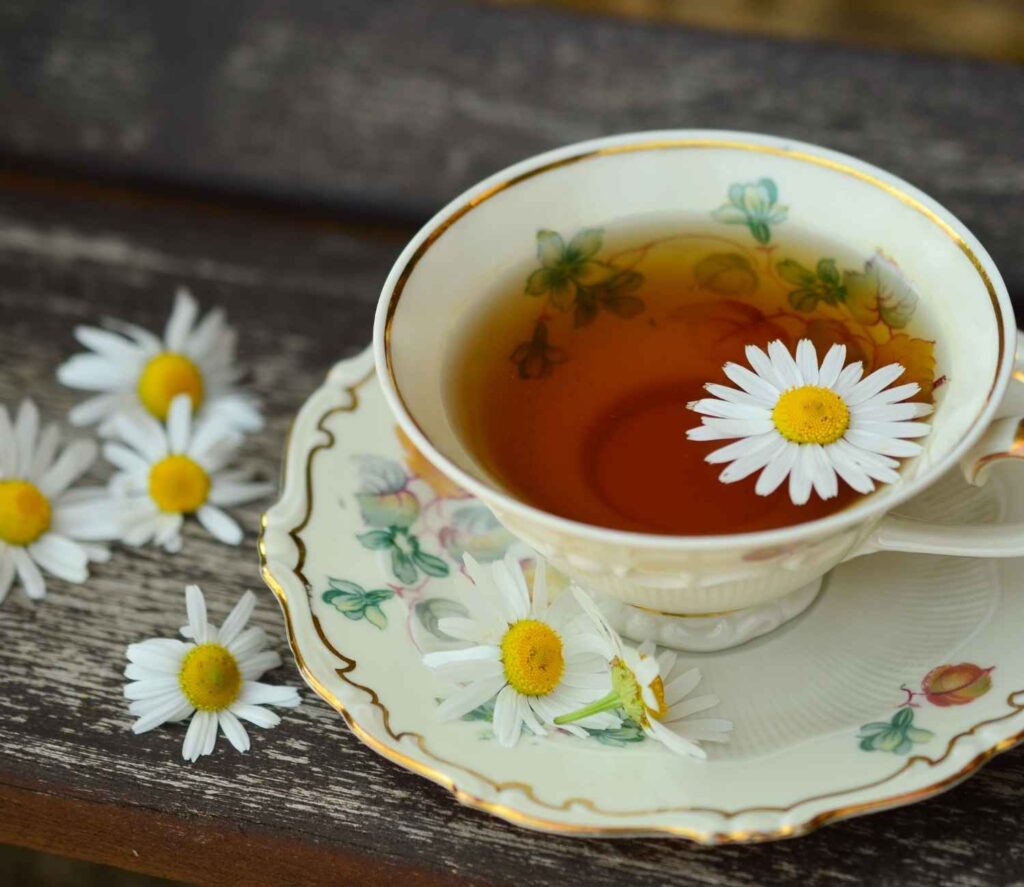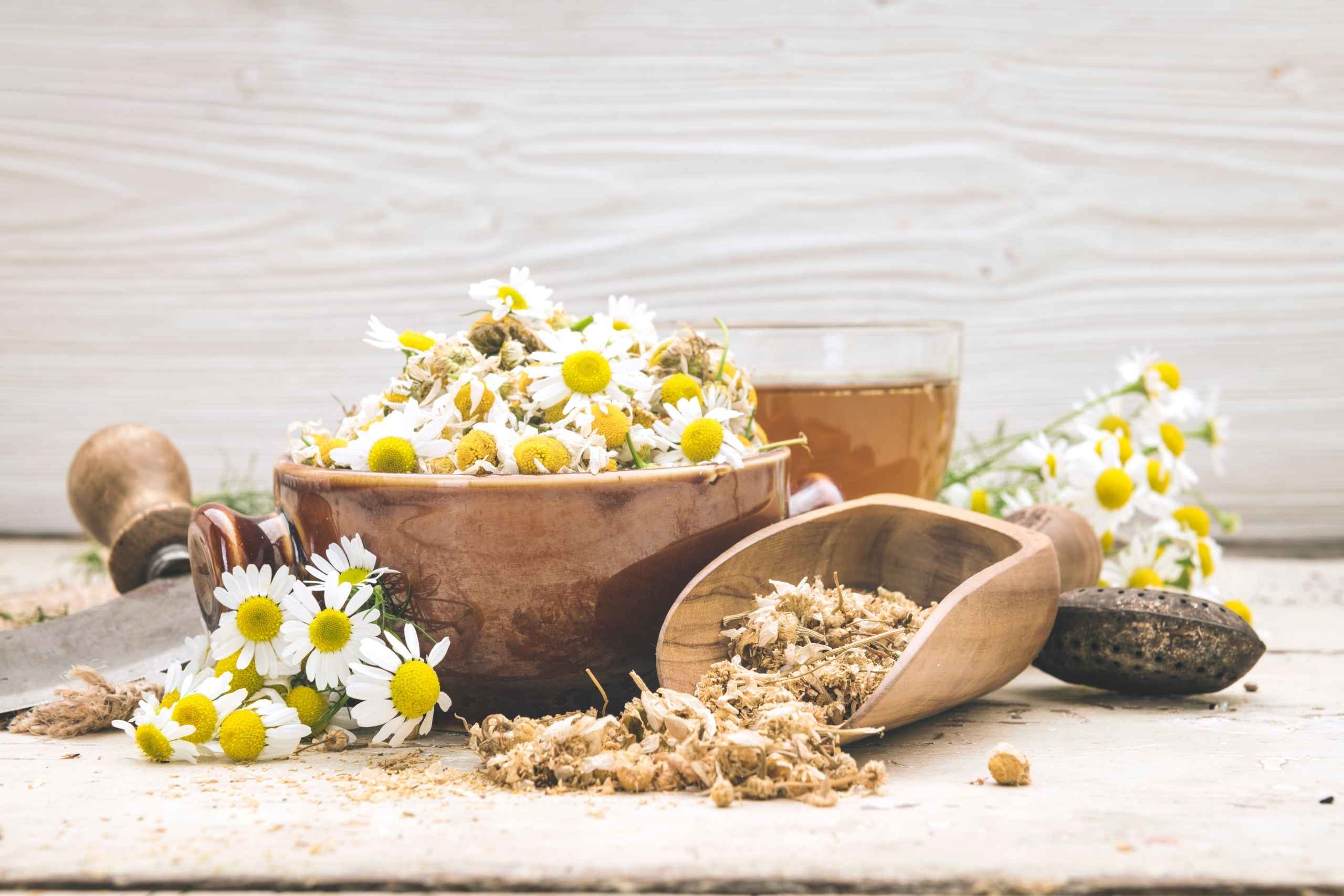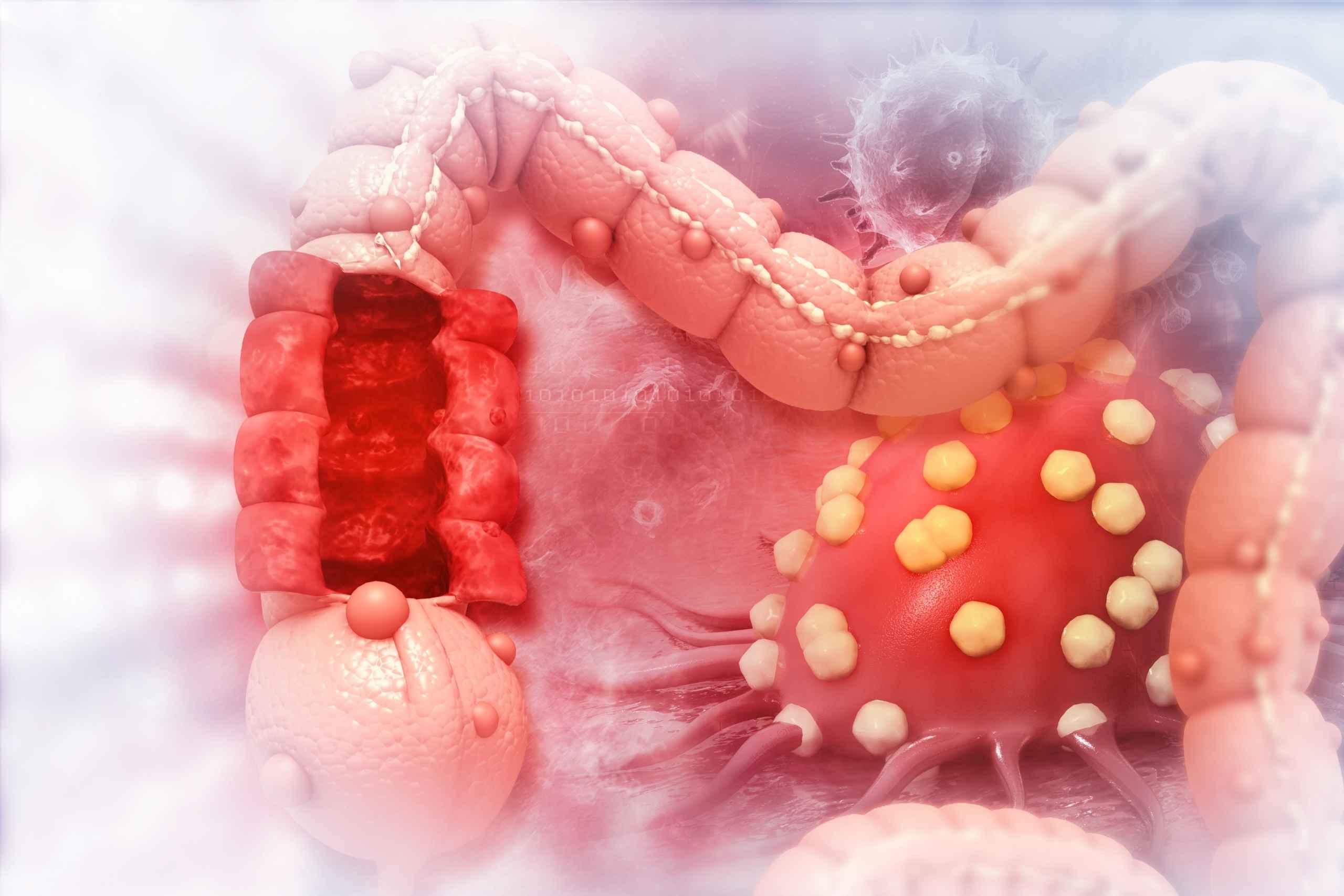Herbal medicine is a traditional practice of treating ailments with the use of plants and their extracts. We all know that long before the advent of medical science and technology, people in ancient times would rely on the efficacy of certain plants and their extracts in curing various ailments such as stomach pain, headache, and skin infections as well as in the treatment of wounds. The use of herbs as remedies to treat many types of diseases remains to be popular even in this new millennium where significant advances in medicine have been made alongside increased sophistication in medical technology and pharmacology.
Nowadays, herbal medicines are no longer limited to traditional fresh or dried plants. They come in the form of tablets, capsules, powders, or teas. The scent and flavors of these herbs have therapeutic benefits such as the chamomile plant which can be an effective natural muscle relaxant.
Medicinal Chamomile
Chamomile is very popular in Europe and has been widely used for thousands of years as a treatment for a number of ailments, such as sleep disorders, stress, anxiety, depression, digestion problems, intestinal conditions, skin infections or inflammation (including eczema), wound healing, infantile colic, teething pains, and diaper rash.
There are several varieties of chamomile herbs. Chamomile varieties with medicinal properties include the German Chamomile (Matricaria Recutita) and Roman Chamomile (Chamaemelum Nobile)). Both varieties are known to have the same medicinal properties but the German Chamomile has a less bitter taste quality while the Roman Chamomile is known for its sweet and unique scent especially when warmed up by the sun. A special blue oil component, called azulenes, is responsible for its sweet, distinctive aroma. Other active compositions include bisabolol, flavonoids, apigenin, luteolin, chamazulene, matricide, and flavonoids. But regardless of variety or type, the chamomile’s main characteristic is its sedative properties or effects.
Sedative Properties
Chamomile is popularly known as an ingredient in herbal tea preparations usually advertised for its mild sedating effects. The sedative properties of chamomile are used in sleep disorders and as a muscle relaxant in the treatment of such illnesses as menstrual pain, neuralgia, toothache, and tension headaches. Taking Chamomile Tea before going to bed has long been used to induce sleep in children as well as in adults and promotes very deep, relaxed, and restful sleep. Aside from aiding in the treatment of insomnia, the flower essence of Chamomile is known to relieve stress, tension, anxiety, and depression among others.
Aside from its sedative properties, chamomile has anti-inflammatory properties that are useful in reducing the inflammation caused by gout and arthritis when taken internally. Moreover, it can also have an external application such as adding chamomile essence in your bath to relieve hemorrhoid problems; as chamomile wash for inflamed eyes; or as an anti-inflammatory agent for inflamed gums, inflamed skin conditions, and sore throat.
The third effect of chamomile is its carminative properties which bring about a calming action on the stomach and eases digestive problems, minimizing heartburn cases, reducing hyperacidity conditions and inhibiting the formation of ulcers.
Aside from being used as a healing remedy for hysteria and other nervous afflictions, Chamomile has been known for other benefits such as reviving a withered plant in a vase or when planted in a garden, it can heal the ailing plants and prevent disease in other plants that are why it is aptly called a ‘plant’s physician’.









